Things that Can Go Wrong with Ayurvedic Medicinal Herbs
March 24th, 2007 | admin
Ayurvedic treatment is based solely on medicines derived from plants. When used accurately – based on the physical conditions (prakriti) of the person and the disease, the medicinal herbs can give excellent results, without any side effects.
Ayurveda acharyas, from 600 BC to fifth century AD have listed the medicinal value of plants and their use. ‘Dravya guna vigyan’ or ‘knowledge of the quality of matter’, here the knowledge of medicinal herbs is a well-developed branch of Ayurveda. Careful researches completed by Ayurveda acharyas of different ages have given us the list of medicinal plants that are useful in different situations.
Acharyas ascribe the quality of medicinal plants to certain factors like the season in which the herbs are grown and collected and the geographical location in which they have grown are the main elements to consider. Again, remember that the plants are listed many centuries back.
Now lets have a look at what can go wrong with medicinal herbs today.
The geography and climate has changed a lot. Chemical products are there in the soil, water and air. These chemicals, so unnatural to nature are detrimental to natural living conditions – for humans, other animals, plants and microorganisms.
Ancient Ayurvedic practitioners collected medicinal plants from the sides of streams and from hilltops that never were spoilt with chemicals – industrial wastes, plastic, emissions from vehicles, etc. Such herbs grown in natural surroundings have never-failing medicinal qualities.
Compare that day with present times. You can find that the environment has changed a lot, the physical and chemical quality of soil has changed and even the atmospheric air we breathe is impure.
Where to collect medicinal plants
Collecting medicinal plants from jungles and hilltops is not a viable option as of today. Farming the herbs in large gardens can be another option. Once again, growing plants of same species over a large geographical area can attract pests, insects etc that feed on this exact herbs. The natural way today is to use pesticides – deprived quality of the herbs. Herbal pesticides like neem seed oil and cake is a viable option. Then again the plants don’t get that much of natural settings to grow and flourish.
Present of heavy metals in Ayurvedic medicines
Researches in US and India have found traces of toxic heavy metals in unacceptably high proportions in Ayurvedic medicines. Now, can’t you identify what can go wrong with Ayurvedic herbal medicines? The heavy metals reach the plant body through the soil – not exactly a natural accumulation. Human body also needs metals and minerals in their body – but overdoses can do more harm than good.
Although there are thousands of people visiting Kerala Ayurvedic hospitals seeking treatment for all kinds of diseases, a comprehensive databank about the conditions and treatments applied is missing. Simply reporting the medical history of patients visiting Ayurveda hospitals in Kerala can soon give overwhelming evidence to the effectiveness of this ancient medical practice.
The only available option before Ayurvedic pharmaceutical companies in Kerala and India is to follow strict in-house quality control measures. A few Ayurvedic pharmaceutical companies in Kerala have started farming of herbs, and sourcing them from farmers. The farmers will benefit in a great way if the companies insist in using only herbal pesticides like neem oil cake and manures in place of fertilizers. These steps, when implemented vigorously can give Ayurvedic medicines the quality it deserves.




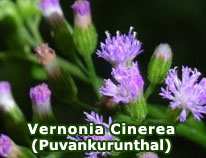

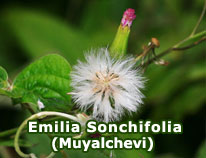
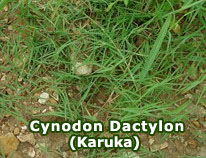
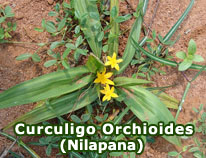

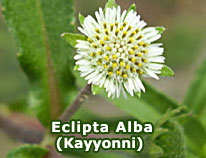
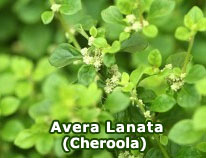

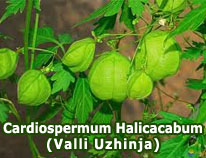
 Loading ...
Loading ...





